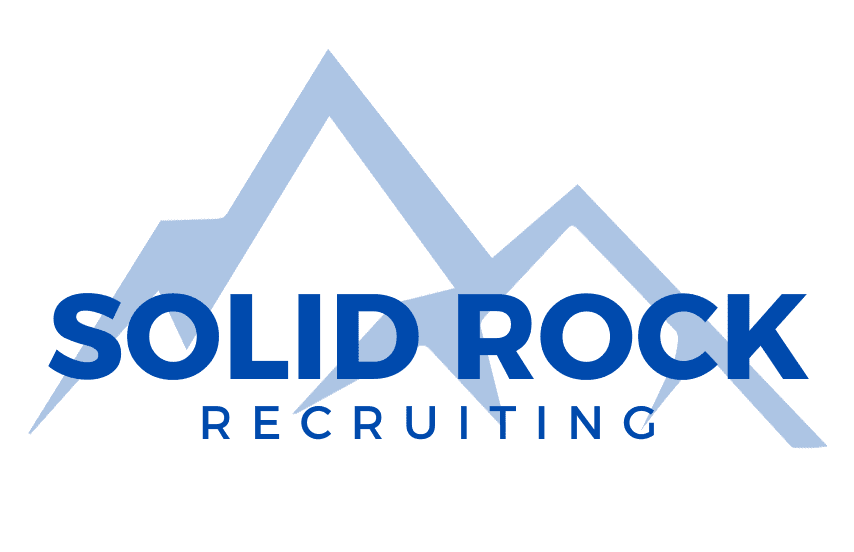
Making Better Hires: Unlocking Success with Talent Optimization

Hiring the right talent is crucial for the success of any organization. The traditional approach of evaluating resumes and conducting interviews may not be sufficient in today's dynamic business environment. Talent optimization is a strategic process that goes beyond mere recruitment, focusing on aligning people strategy with business strategy. In this article, we will explore four key activities that can enhance the hiring process and contribute to building a high-performing team.
1. Define and Communicate Job Requirements:
The foundation of successful talent optimization begins with a clear definition of job requirements. Before posting a job opening, it's essential to identify the skills, experience, and competencies required for the role. This involves collaboration between hiring managers, team leaders, and HR professionals to create a comprehensive understanding of the position.
Communicating these requirements effectively is equally important. Craft compelling and accurate job descriptions that not only list the responsibilities but also highlight the company's values and culture. Clearly stating expectations ensures that potential candidates understand the role and can assess their fit within the organization. This transparency sets the stage for attracting candidates who align with the company's vision.
2. Equip Your Leaders to Land Top Talent:
Leaders play a pivotal role in the hiring process. It's crucial to equip them with the necessary tools and skills to identify and attract top talent. This involves providing training on effective interviewing techniques, evaluating candidates based on key performance indicators, and understanding the nuances of talent acquisition.
Leaders should also be well-versed in selling the company's vision and culture to potential hires. This includes showcasing opportunities for professional growth, emphasizing the organization's commitment to diversity and inclusion, and highlighting any unique perks or benefits. By empowering leaders with the skills to effectively engage with candidates, organizations increase their chances of securing top talent.
3. Predict New Team Dynamics:
Understanding how new hires will integrate into existing teams is a critical aspect of talent optimization. Predicting team dynamics involves assessing not only individual skills but also interpersonal relationships, communication styles, and collaboration preferences.
Utilize tools such as personality assessments and team-building exercises during the hiring process. These tools provide valuable insights into how candidates work within a team, helping to identify potential conflicts or synergies. Predicting team dynamics enables organizations to build well-rounded and complementary teams, fostering a collaborative and productive work environment.
4. Determine Candidate Cultural Fit:
Cultural fit is an integral component of talent optimization. Employees who align with the company's values and culture are more likely to thrive and contribute positively to the organization. During the hiring process, assess candidates not only for their technical skills but also for their compatibility with the company's culture.
Incorporate cultural fit assessments into the interview process and consider seeking feedback from current employees. This can include questions that assess a candidate's alignment with the company's mission, values, and work environment. By prioritizing cultural fit, organizations create a cohesive and harmonious workplace, reducing turnover and enhancing overall employee satisfaction.
Talent optimization is a multifaceted approach that goes beyond traditional hiring practices. By defining and communicating job requirements, equipping leaders to attract top talent, predicting team dynamics, and determining candidate cultural fit, organizations can make more informed and successful hires. In a competitive business landscape, investing in talent optimization is a strategic move that not only brings in the right people but also contributes to the long-term success and sustainability of the organization.
What sets Solid Rock Recruiting apart is that we are passionate about recruiter-proofing your business through the application of these principles. Talk to John Chisham today to discover more about talent optimization and how it can positively help your company hire and retain the very best talent.

